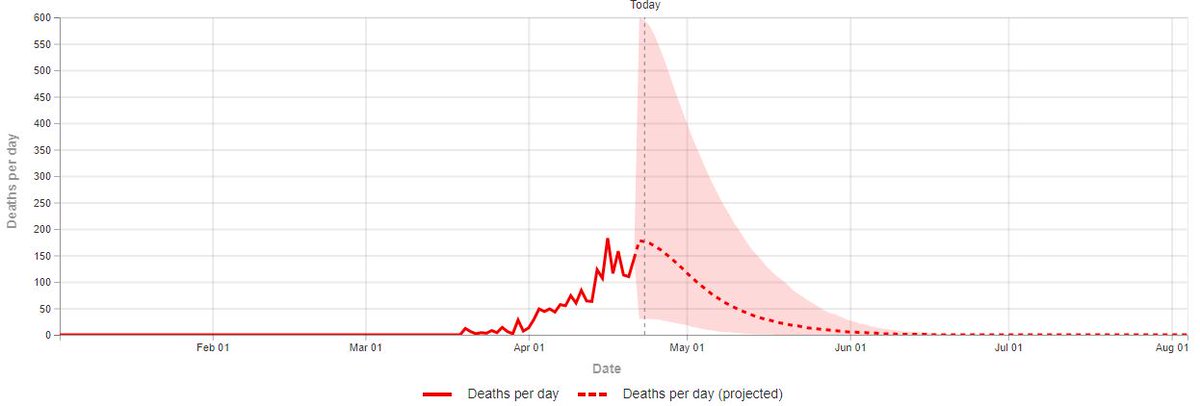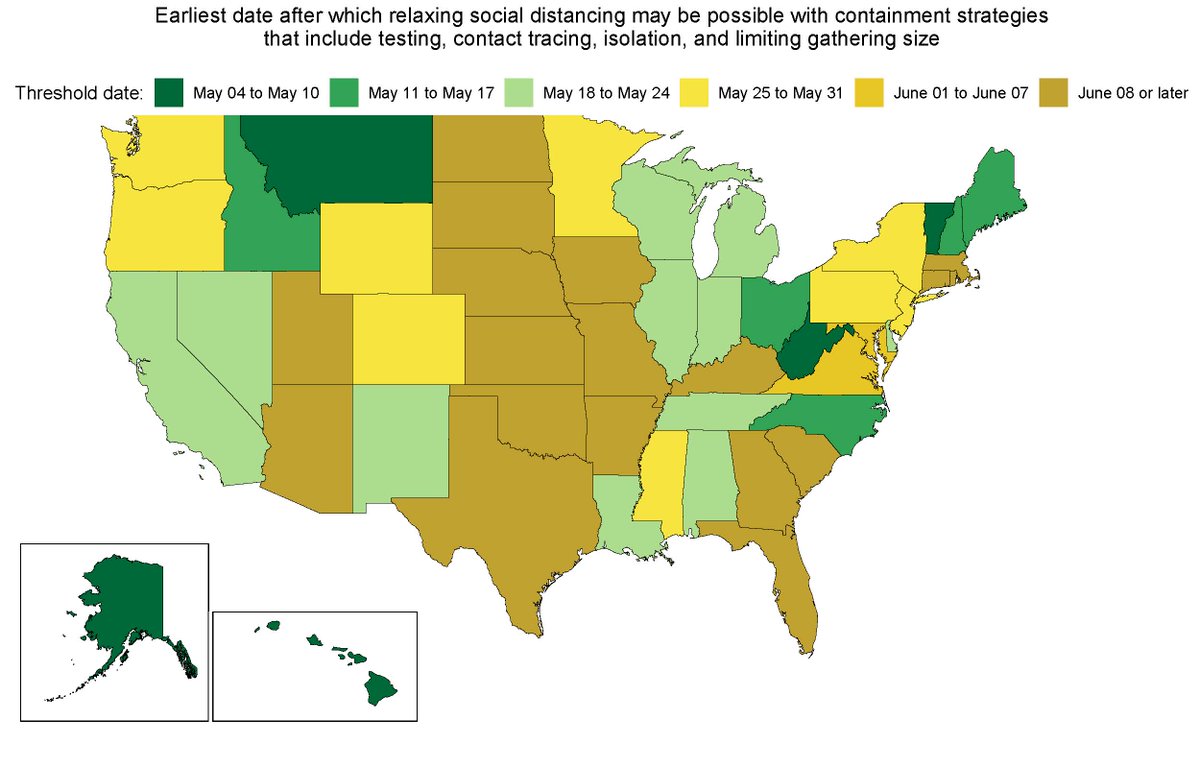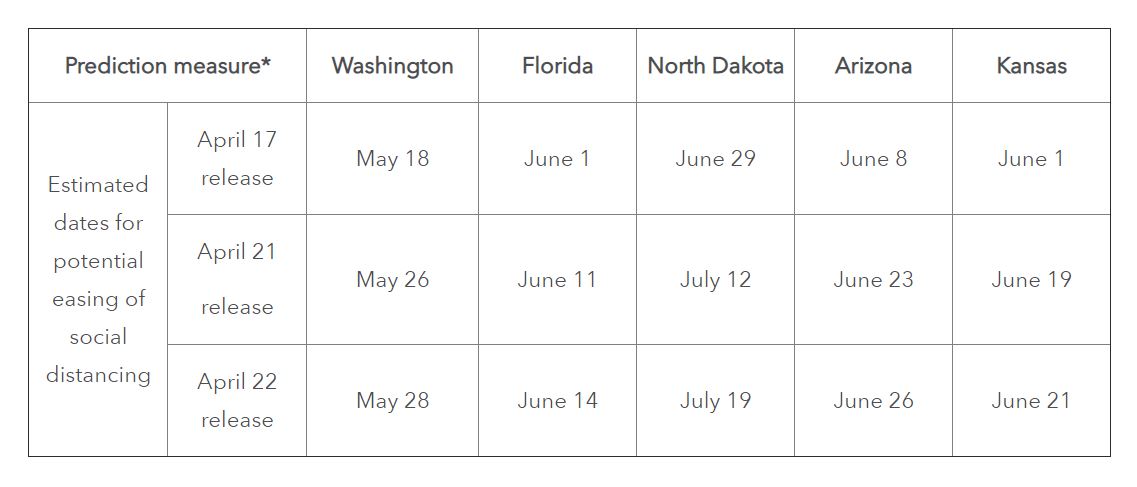We also have #COVID19 predictions for Puerto Rico and by province in Canada.
🆕healthdata.org/covid/updates
(Thread)



◼️Washington
◼️Florida
◼️North Dakota
◼️Arizona
◼️Kansas





Keep Current with IHME_UW
This Thread may be Removed Anytime!
Twitter may remove this content at anytime, convert it as a PDF, save and print for later use!

1) Follow Thread Reader App on Twitter so you can easily mention us!
2) Go to a Twitter thread (series of Tweets by the same owner) and mention us with a keyword "unroll"
@threadreaderapp unroll
You can practice here first or read more on our help page!